Navajo Nation is partially open to tourism. This includes Monument Valley and Antelope Canyon, which are currently open, but subject to change. Masks are required throughout Navajo Nation. See more info here.
Best time to visit: Year-around
Ideal For: Hiking and backpacking
Where to stay: Page, AZ
Vermilion Cliffs National Monument is located north of the Grand Canyon, on the border of Arizona and Utah. It’s a remote wilderness landscape with no services, and it’s mostly accessible via dirt roads and long hiking routes. The most famous attractions here are the Wave, Paria Canyon, and Buckskin Gulch - all are spectacular. Plan for at least 3 full days to see everything discussed below.
Useful Info:
Dogs - the general rule for dogs in national monuments is that they must be leashed and are only allowed on paved areas, which includes parking areas, roads, and front country campgrounds. Dogs are not allowed on monument trails, even when leashed.
All permit related information and lotteries can be found here.
There are a few huge slot canyons that you can explore in the Vermilion Cliffs. They are potentially dangerous during rainstorms. Keep a close eye on the weather across the entire region.
GPS devices do not work in Paria Canyon and Buckskin Gulch due to the high rock walls.
Most of the dirt roads in the region are accessible to passenger cars, but they may become un-passable when wet. This is especially true for the road which runs to the Wave Trailhead.
Attractions:
the Wave - The permit you need to apply for is called "Coyote Buttes North" - click here for the permit application website. 10 permits are given out online four months in advance, and another 10 permits are given out the day before with a separate online lottery. You must be physically in the area of Kanab or Page to apply for the day-before lottery. Refer here for more detailed information. The odds of winning a permit are extremely low, but if you are lucky to get one, you will receive a placard for your vehicle and a map with photos that show how to find the Wave.
Paria Canyon - This huge slot canyon is just as impressive as Zion's Narrows with a fraction of the crowds. You can obtain a permit to spend the night in Paria Canyon here. Overnight permits are limited to 20 visitors per night, but day permits have no limit. A popular endpoint for seing Paria Canyon is its confluence with Buckskin Gulch, which joins up with Paria about 7 miles from the "Whitehouse Trailhead". There are also longer backpacking trips into Paria Canyon which eventually runs into the Colorado River at Marble Canyon, AZ. The entire hike is in the Paria River, so wear shoes that can get wet and bring hiking poles for added stability.
Buckskin Gulch - The granddaddy of all slot canyons. Day-hikers can see Buckskin from either the "Wirepass Trailhead" which is the upper mouth of the slot, or from the "Whitehouse Trailhead" which runs through Paria Canyon and is essentially the lower mouth of the slot. Wirepass is a much shorter hike and doesn’t require getting wet, but the mud in this area can be cumbersome. A popular backpacking trip is to start at either Wirepass or Whitehouse and hike through Buckskin and Paria as a through hike. Read more about it here.
Horseshoe Bend - My personal favorite viewpoint in the world. Horseshoe Bend is a must-see if you are in the area. The Park Service recently instituted a $10 entry fee for Horseshoe Bend which was needed and worth paying. Reaching the viewpoint requires a 2 mile roundtrip hike. Horseshoe Bend is extremely popular and you can expect a crowd, all day, every day.
Antelope Canyon - Arguably the prettiest slot canyon in the world. There is an Upper and a Lower Antelope Canyon, both are Navajo Tribal Parks - you must be on an official Navajo Guided tour to see them. There are numerous tour companies which can all be found on google. If you are a photographer, book one of the photography tours that allow tripods. Mid-day tours are the best for seeing the iconic beams of sunlight that shine down into the slot.
Lake Powell - If you are a watersports fan, Lake Powell is a world-class boating destination. Much of the lake features vertical sandstone walls rising out of the water. You can explore these canyons at will if you have or rent a boat. You can also book one of the tour cruises which run daily to various points of interest.
Lee’s Ferry/Marble Canyon - This is a less crowded and very scenic area of the Colorado River, down-stream from the Glen Canyon Dam. Cathedral Wash is great day-hike here that descends through an impressive limestone canyon. The hike ends at the Colorado River and requires some moderate scrambling which is doable for most visitors. Read more about the Cathedral Wash hike here. Another great hike in the area is the Spencer Trail which climbs high above the river below. Read more about the Spencer Trail here.
Alstrom Point - This is an incredible viewpoint above Lake Powell and a great place to camp out for a night. It’s not easy to get to with a pretty rough dirt road, but if you have a 4WD vehicle or are willing to hike the last few miles, Alstrom Point is a very rewarding destination. Read more about it here.
Where to Stay:
Page, AZ is about an hours drive to the Paria, Buckskin, and Wave trailheads. There are no other developed areas in the region.
The "Wahweap Campground" is on the shores of Lake Powell, right next to Page, AZ. There are showers and wifi at this campground. Their website is here. Several other private RV parks are located in the city of Page.





